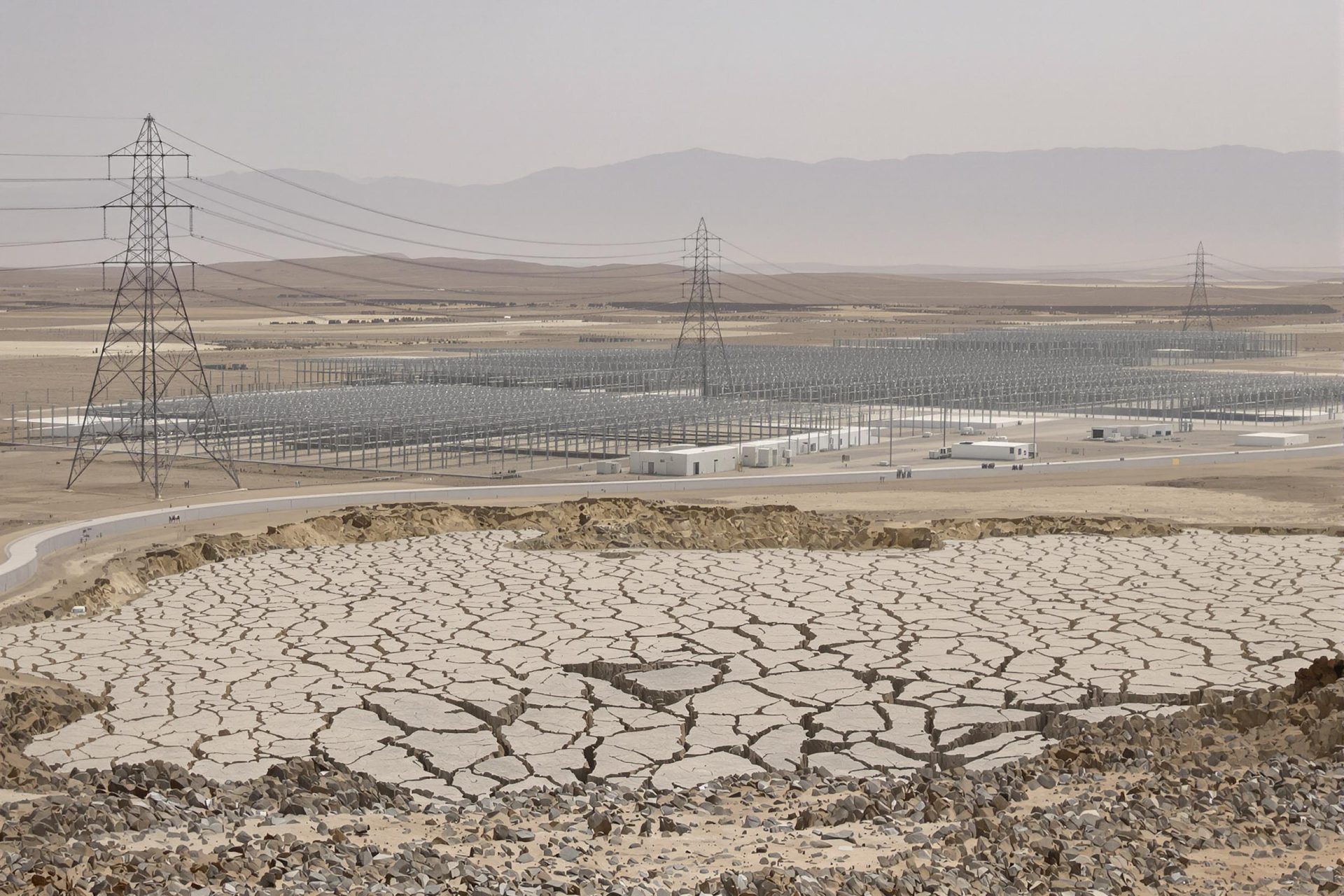Key Takeaways
- Conversing with AI like ChatGPT consumes significant resources, including fresh water for cooling data centers.
- Reports suggest every 10 to 50 queries can use about half a liter (50cl) of water.
- ChatGPT’s daily electricity consumption is estimated to be over half a million kilowatts.
- This environmental footprint is a growing concern as AI use becomes more widespread, especially with global water scarcity issues.
Many are becoming aware that our interactions with AI, such as ChatGPT, come with an environmental cost. Since its release, ChatGPT has become a go-to tool for various tasks, but its convenience might overshadow its resource demands.
A significant concern is water consumption. According to a report highlighted by LADbible, each session involving 10 to 50 queries with ChatGPT could use approximately 50cl of fresh water. This water is primarily used to cool the powerful servers that run the AI.
Beyond water, electricity usage is also substantial. Forbes, as cited in the report, suggests ChatGPT consumes over half a million kilowatt-hours of electricity daily. This massive energy draw is needed to handle the millions of requests it processes.
The vast amounts of energy generate immense heat in data centers. To prevent these AI servers from overheating, extensive water-based cooling systems are employed. David Craig, chief executive of Iceotope, a data center cooling company, explained to LADbible that these systems often use evaporation, meaning the water is lost. Crucially, this water must be of drinking quality to avoid damaging the sensitive equipment.
The operational costs are also noteworthy. Tech analyst Dylan Patel suggested that running ChatGPT could cost over £500,000 per day. Even adding a few extra polite words to prompts can incrementally increase computational load and associated costs, an observation OpenAI’s founder once joked about on social media.
These environmental costs are set against a backdrop of increasing global challenges. Forbes has reported that by 2050, two-thirds of the world’s population may face water scarcity. Using significant amounts of clean drinking water for technology operations is a growing concern.
An OpenAI spokesperson acknowledged these concerns to Forbes, stating, “AI can be energy-intensive and that’s why we are constantly working to improve efficiency.” They added that the company carefully considers its computing power usage and supports partners in their sustainability efforts.
As AI becomes more integrated into our lives, its environmental impact will likely grow. This raises questions about resource allocation and might make us reconsider reaching for AI for every query, perhaps turning to other resources first.



